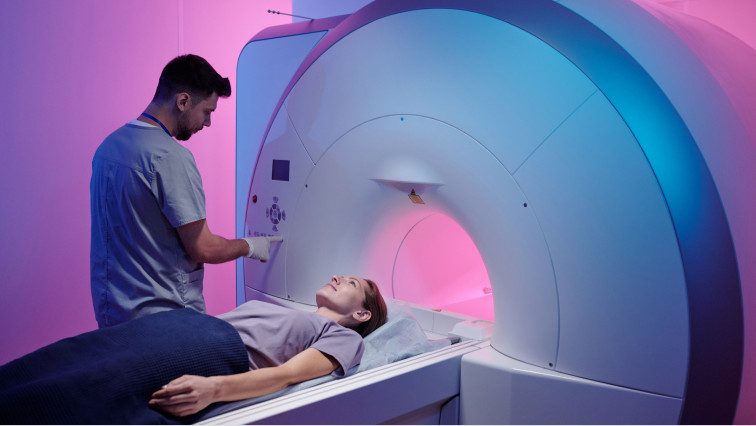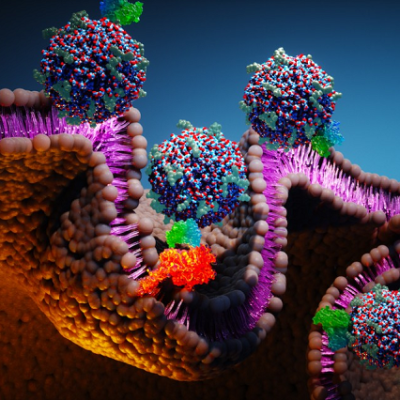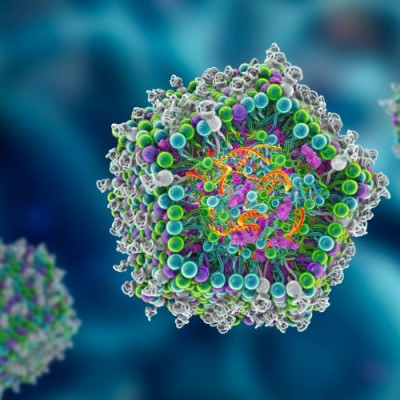What Are Magnetic Nanoparticles?
It is commonly believed that materials possess specific properties independent of size, like stiffness, thermal conductivity, and electrical resistivity. Nanoparticles test this notion.
One of the defining features of nanoparticles (pieces of material ranging from about 1 to 100 nm in diameter) is that their size makes them act strangely. The properties of a copper nanoparticle, for instance, differ remarkably from the properties of bulk copper. These properties often depend significantly on the size of a nanoparticle.
A number of these “strange” features result from tiny particles possessing very high surface-area-to-volume ratios, which means that surface effects are inclined to dominate over bulk effects. For example, nanoparticles often have very high solvent affinities that allow them to create suspensions in water. They are also inclined to display radically diverse mechanical properties compared to bulk solids.
Other properties derive from the confinement of subatomic particles like electrons, protons, and photons with nanoparticles. These include surface plasmon resonance in certain metals and quantized electronic energy levels in semiconductor nanoparticles that are less than 10 nm in diameter.
Magnetic nanoparticles (those produced from magnetic materials) display distinctive behavior, notably a phenomenon called superparamagnetism. This quirk of magnetism means that magnetic nanoparticles can perform an essential role as contrast agents in MRI applications. Magnetic nanoparticles also have a variety of other possible applications in catalysis, biomedicine, and sensing.
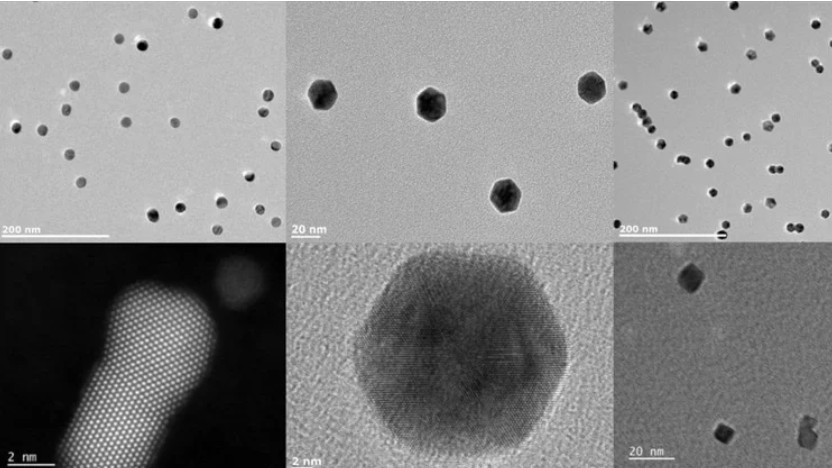
Magnetic nanoparticles.
Properties of Magnetic Nanoparticles
Bulk ferromagnetic materials like iron are usually separated into magnetic “domains” — groups of atoms that share the same magnetic alignment.1 These domains are magnetically vulnerable, meaning an external magnetic field can “flip” their orientation and cause them to line up with each other. This magnetization will continue until the material is heated to its Curie temperature — typically hundreds of degrees centigrade (770 °C in iron).
Producing magnetic nanoparticles from ferromagnetic materials causes some changes. Firstly, since magnetic nanoparticles are so small, one magnetic nanoparticle will constitute one magnetic domain, meaning that magnetic ordering cannot occur within a sample of magnetic nanoparticles.
Secondly, decreasing the volume of a magnetic nanoparticle lowers its Curie temperature.2,3 In sufficiently small magnetic nanoparticles, thermal energy at room temperature is enough to spontaneously flip their magnetization.
The results in magnetic nanoparticles can display superparamagnetism. The nanoparticles show high susceptibility to external magnetic fields, but magnetic nanoparticles do not retain this magnetization after the field is removed, in contrast to macroscale magnets.
Using Magnetic Nanoparticles in MRI
MRI is a medical imaging method that magnetizes atomic nuclei in the body and measures the “relaxation time” needed for them to reorient themselves.
Magnetic nanoparticles, particularly those composed of iron oxide, make outstanding MRI contrast agents.4,5 This is due to their unique magnetic properties and the fact that they offer excellent biocompatibility and biodegradability and can be tailored to specific types of tissue within the body.
Functionalizing magnetic nanoparticles with ligands such as antibodies, sugars, or short peptide chains enables them to preferentially bind to specific tissues or structures within the body. Bound magnetic nanoparticles can be effortlessly detected through MRI, allowing these structures to be imaged in better detail than ever before.
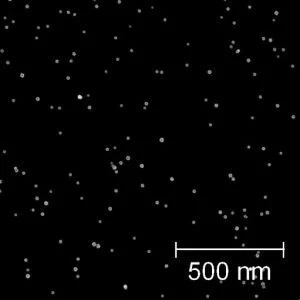
Iron Oxide Nanoparticles.
Magnetic nanoparticles are currently undergoing application and development for enhanced diagnosis of various diseases, including cancer, cardiovascular disorders, and neurological diseases.
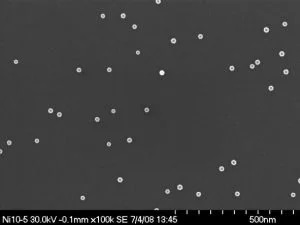
Nickel Nanoparticles.
Nanoparticles from Nikalyte
Nikalyte deposition equipment can produce superior quality nanoparticles from various materials, including iron oxide, iron, nickel oxide, and nickel. Nikalyte also offers a consultancy service, allowing customers to benefit from its 20+ years of experience in nanoparticle technology.
Read the original article on AZoNano.

